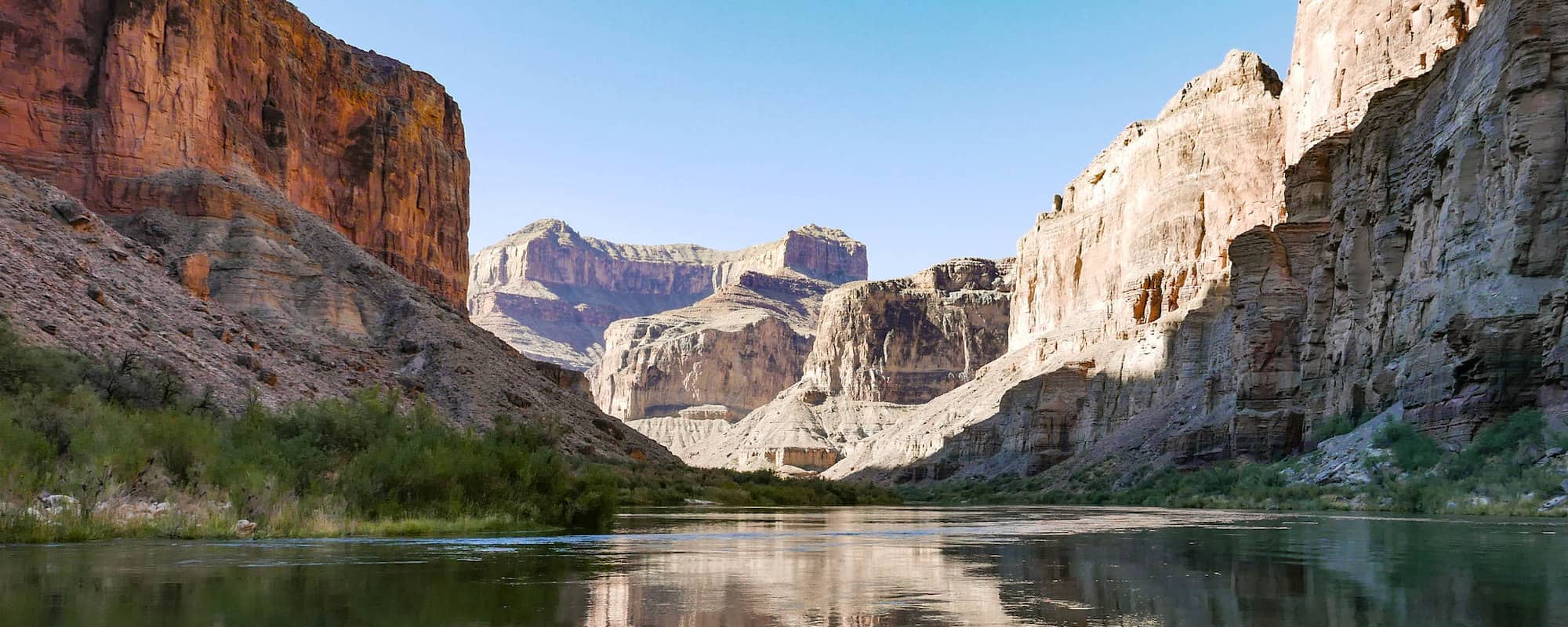Hello from Torrey, Utah, where our tents are set up against the red rock backdrop of Capitol Reef National Park. We cannot believe we are already five weeks into our TTS semester! Over the past month, we have covered tremendous ground. As we descend into the desert canyonlands of the American West, our landscape has shifted dramatically from the mountain ranges of Montana where we began our journey. We have also traveled far academically: we are in the heart of our coursework; drawing connections between our experiences, our classes and the landscape around us; and cruising towards midterms. We invite you to join us as we share recent highlights from each of our classes.
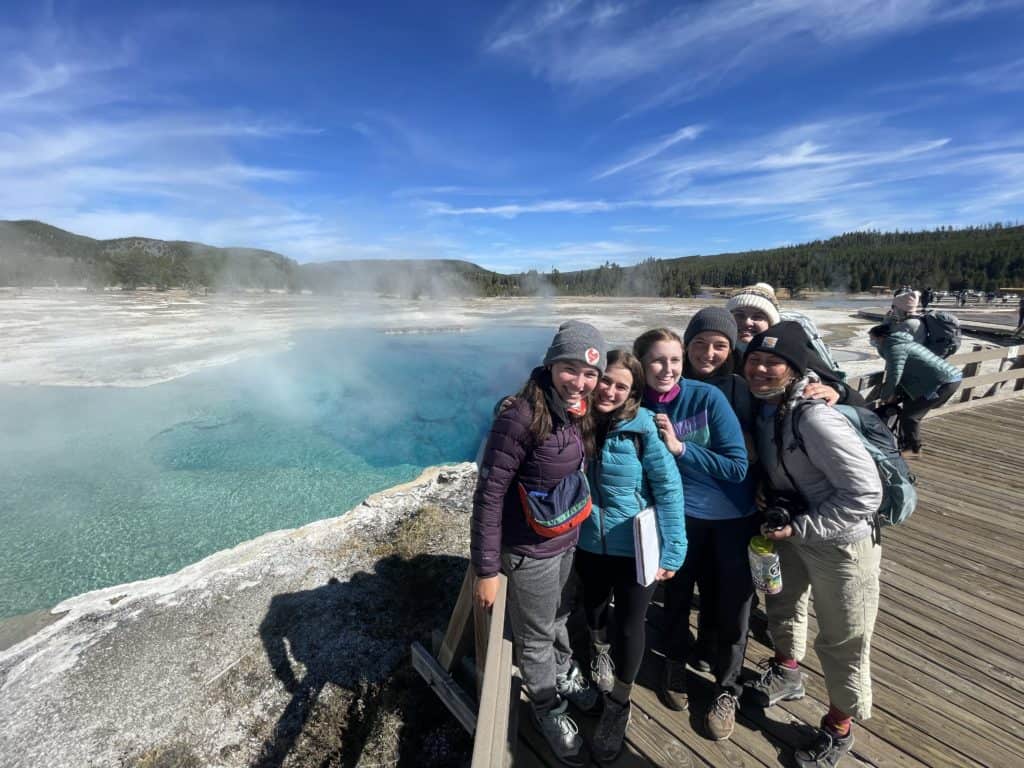
September 20th. 7:30 A.M. Gardiner, Montana. P.E. It’s time to put on our running shoes! This morning starts with a jog on a trail overlooking Yellowstone National Park. We can see Mammoth Hot Springs steaming in the distance. A couple of elk watch us as we huff and puff past them. The air is chilly at an altitude over 5,000 feet, and the mountains are already snow-capped. But we don’t let the cold slow us down: we cheer each other as we ascend and descend the hilly trail. After our warm up jog, we head inside our cabin at the Yellowstone Overlook Field Campus to finish up P.E. with a High Intensity Interval workout led by our math teacher Megan.
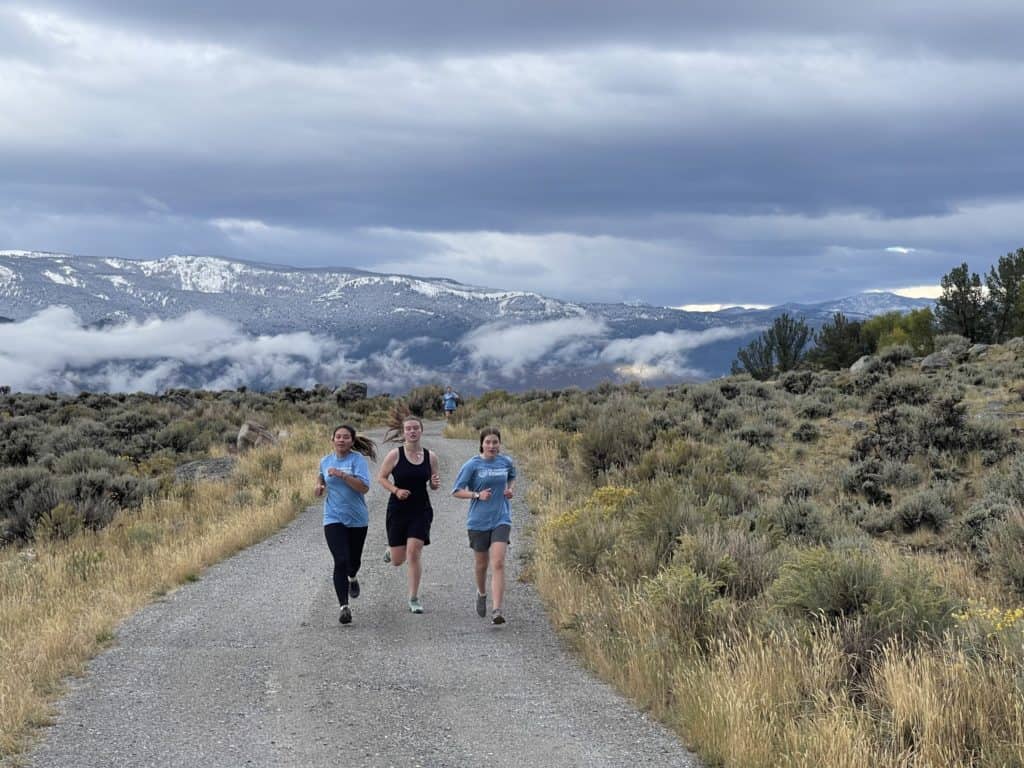
September 22nd, 1:00 P.M. Biscuit Geyser Basin Trail, Yellowstone National Park. History. After meandering along the boardwalk of the Biscuit Geyser basin, observing the colorful hot springs and nearby bison, we climbed up the trail to a forested overlook for history class. We’ve been preparing for a debate in which we have to make an argument either for or against the inclusion of indigenous oral histories in the judicial court system. Each group posed as “lawyers” and made a case to a jury of their peers for why these oral narratives should be acceptable as evidence in legal proceedings. In the process, we had to think critically about the real world implications of incorporating indigenous knowledge systems. In a shocking turn of events, the jury voted against the inclusion of oral narratives!
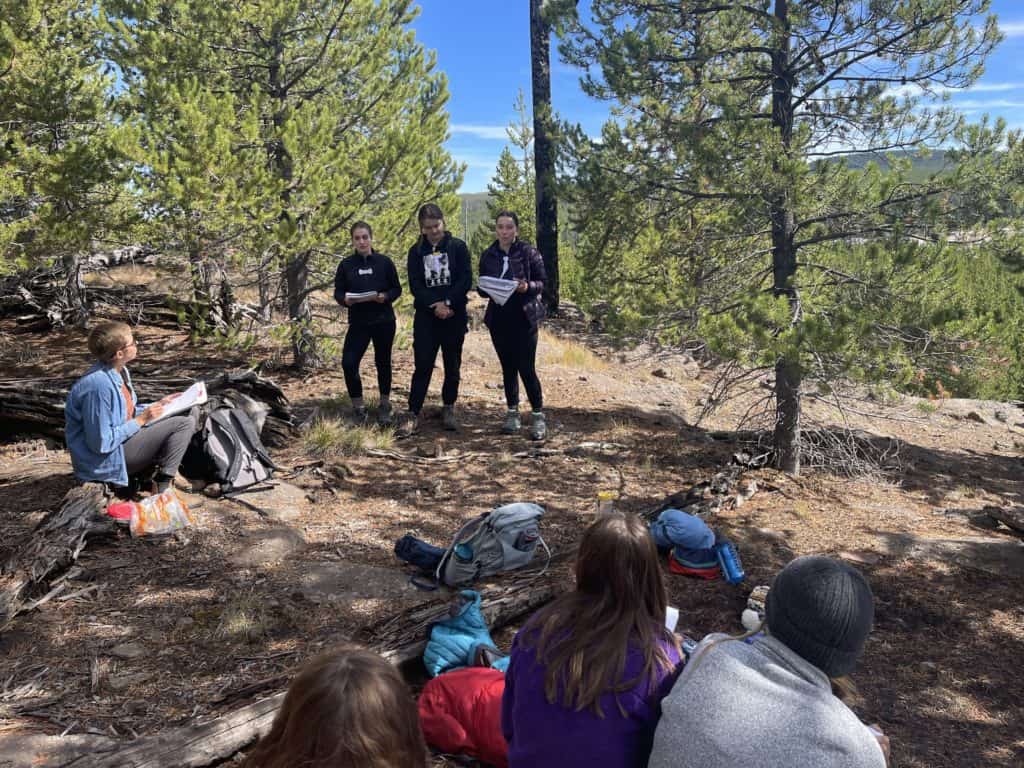
September 28th. 3:30 P.M. Jackson, Wyoming. Global Studies. Recently we’ve been learning about power, privilege and public lands in the Western U.S. in Global Studies class. After spending the day in Grand Teton National Park, we meet up with Hannah Habermann, producer of Yonder Lies, a “podcast unpacking the myths of Jackson Hole.” Hannah speaks with us about the unique characteristics of Jackson, Wyoming. We discuss the first chapter of Billionaire Wilderness, written by Justin Farrell, a Yale professor who Hannah interviewed on her podcast. Our conversation circles around how public lands, conservation efforts, wealth and inequality all coincide in Jackson, Wyoming, as well as in other ski and mountain towns in the West. These types of discussions and interactions with speakers are fodder for writing our RRQ – “Reaction, Reflection, Question” – essays, in which we react, reflect and question an experience or epiphany during the week.
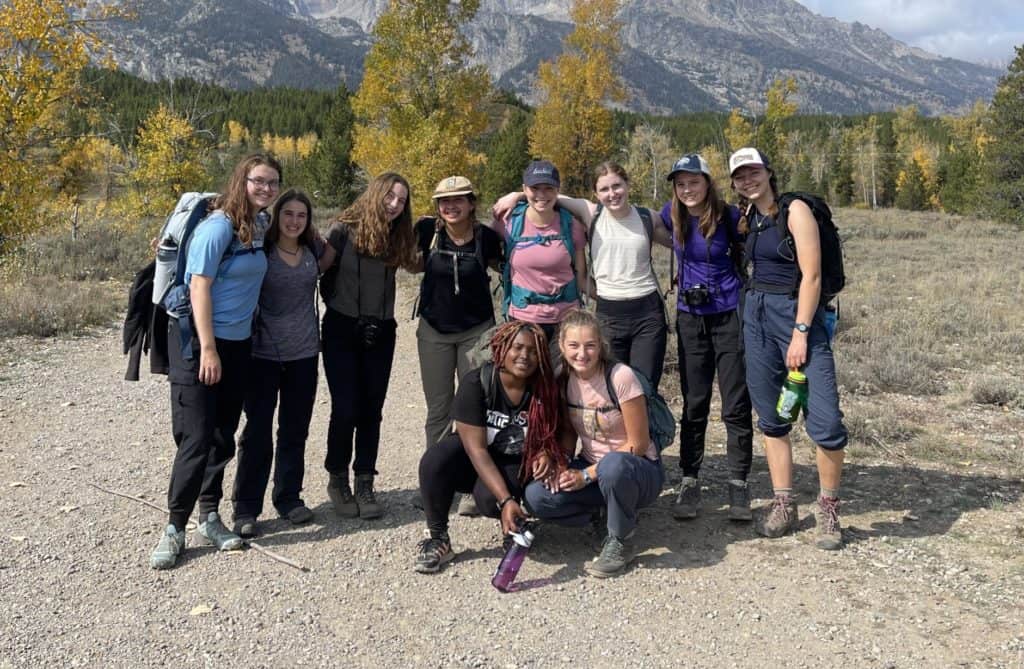
September 22nd. 10 A.M. Mammoth Hot Springs, Yellowstone National Park. Honors Natural Science. Science class today is a ranger talk at Mammoth Hot Springs from Ranger Trudy. We learned about how the water seeps down into the ground, heats up from geothermal activity, and boils up to the surface over the surface rock. As it spills up and over, the sediment builds up and solidifies into limestone; as a result, the rock formations are constantly changing. Ranger Trudy also explained how the color of the hot springs is influenced by the bacteria present. As we move through various landscapes, we are constantly asked to observe our environment and ask questions of the natural world, which we capture in science field journals. Here are some examples of our recent work:
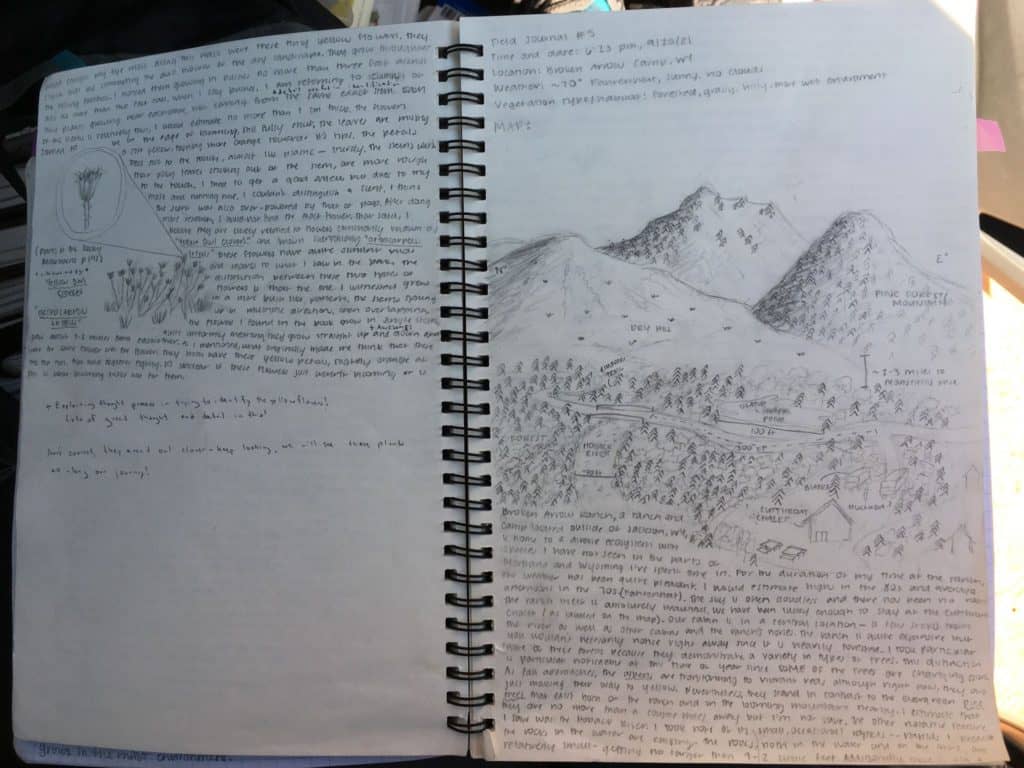
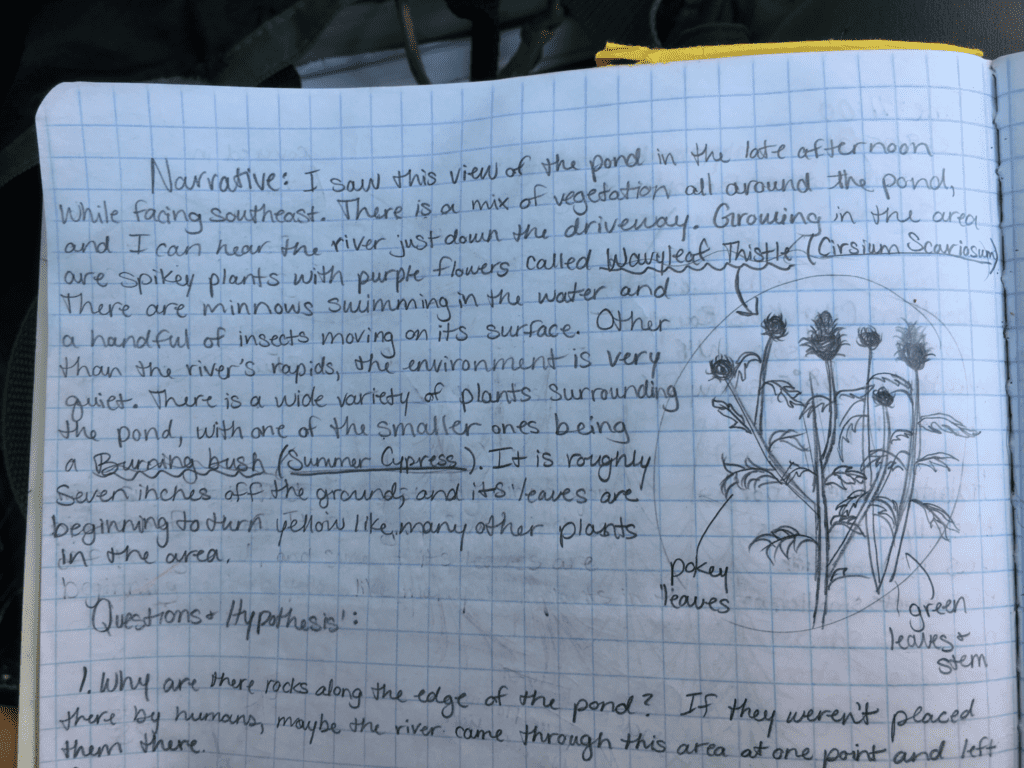
October 1st. 11 A.M. Grand Wash, Capitol Reef National Park. Honors Literature & Composition. On our hike beneath the rich orange canyon walls of Grand Wash, we stop alongside the trail for Literature class. For the past few weeks, we have been reading The Round House by Louise Erdrich, a novel about a thirteen-year-old boy growing up on an Ojibwe reservation and seeking justice after a terrible crime harms his family. Though the novel takes place in North Dakota, many of the topics it raises relate to challenges faced by indigenous peoples throughout the American West. We have been working on our textual analysis skills, and today we begin class discussing what it means to do a “close reading” of a passage. Then we brainstorm different recurring symbols in The Round House and break up into small groups to do close reading analyses of passages involving these symbols.
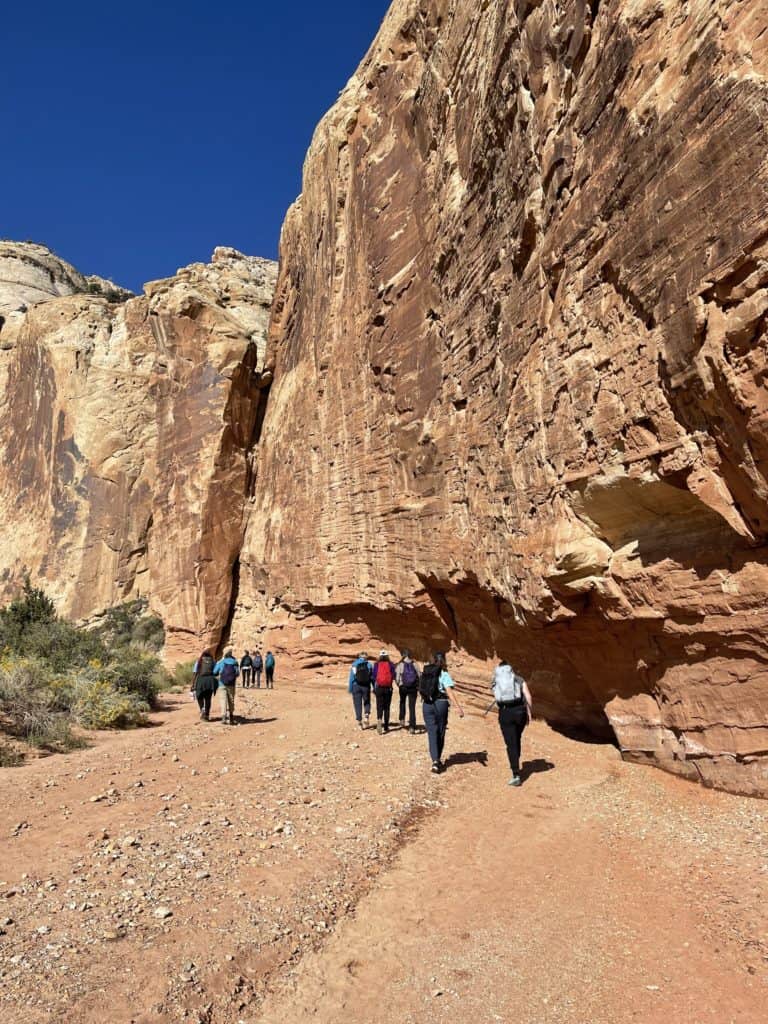
October 2nd. 12 P.M. Cassidy Arch, Capitol Reef National Park. Algebra 2. After learning about the high cost of living in Jackson, Wyoming, we devote math class today to creating an equation for the rate of change (i.e., inflation) for a home in Jackson over time. We compare the rate of change in recent years versus historical, and observe how real estate prices have soared astronomically in the last decade. We then look at other statistics, such as wages and population demographics, and create our own math word problems based on these data.
In each of our classes, we are pushed to think critically about overarching questions and themes surrounding the American West, and how each content area relates to those themes. We are encouraged beyond summary and into analysis; to value concision and clarity in our speaking and writing; and to view our academic performance with a growth mindset. Over the next week, we’ll be continuing to explore the public lands of the Colorado Plateau before midterms and our rafting trip on the San Juan River!

